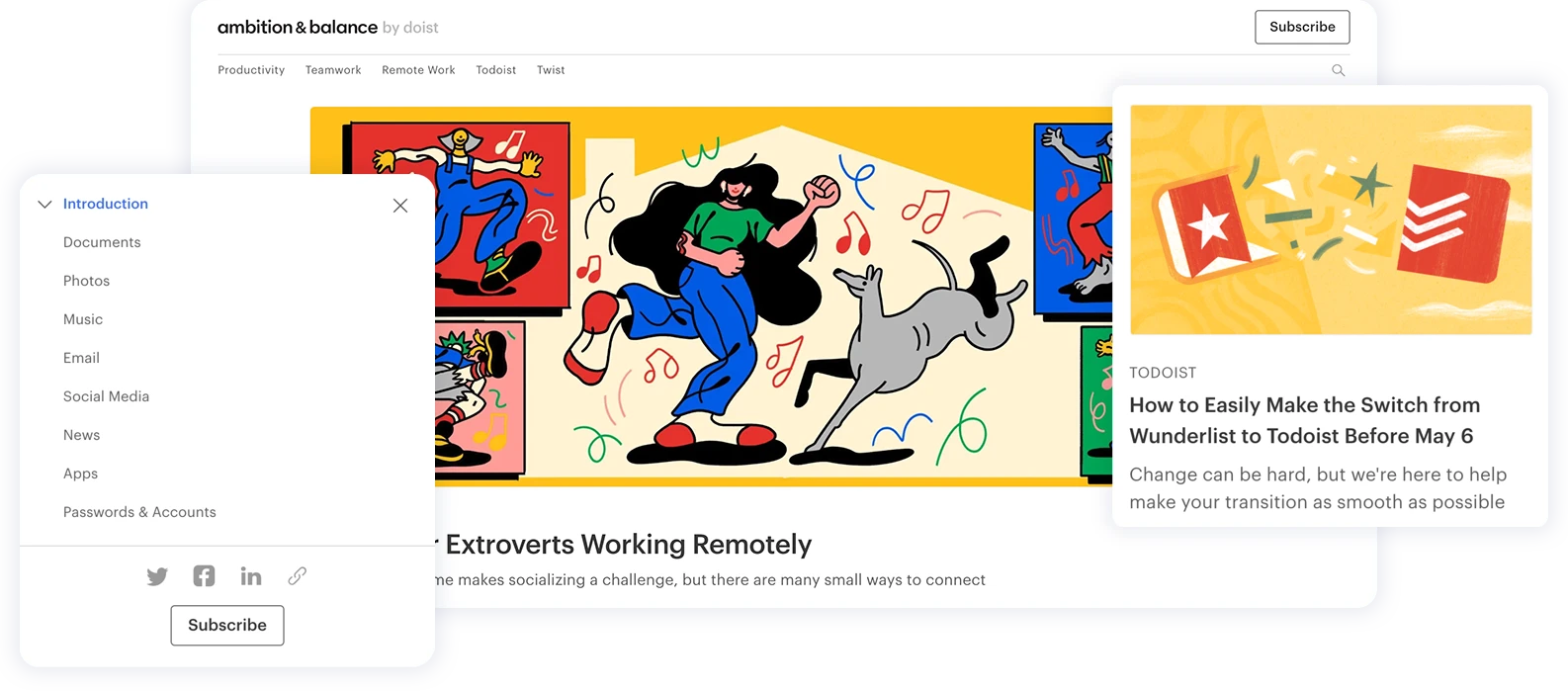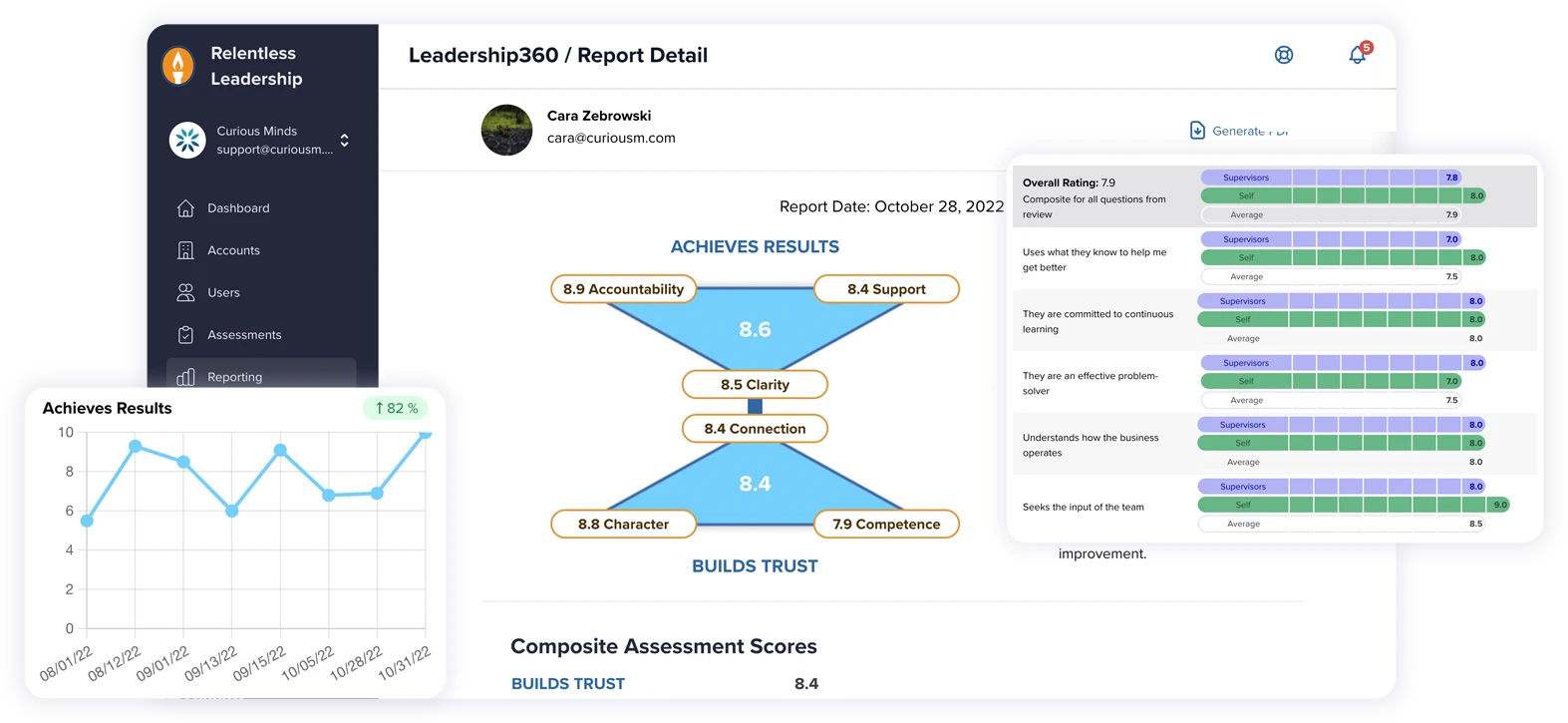You find yourself in need of more help, but you’re not sure exactly what type of help you need. Or you know where you need help, but your labor budget isn’t ready to handle a new hire just yet. There are a couple of avenues you can take. You could hope that everyone can handle a heavier workload, or you could outsource until you’re ready to bring someone in-house. Here, we’ll discuss when it’s best to outsource, and some of your options.
Reasons to Consider
If you find that you don’t have enough time in the day to accomplish tasks required of you and your team, this may be an excellent indication that outsourcing will be an effective tool. If you’re growing your team and need, say, someone to help provide the proper paperwork for new hires, but aren’t ready to hire a HR manager, outsourcing a HR firm might be the best option until your company need a full time, in-house manager.
Outsourcing is especially beneficial for startups. If you lack the cash flow to hire an entire team, just hiring the core people you need and then outsourcing a few additional employees can help reduce costs until you’re ready to create that team. It’s also an excellent way to determine exactly what positions need to be filled, and what can remain outsourced.
What are Some of the Different Types of Outsourcing?
Some of the different types of outsourcing are professional, IT, manufacturing, and project outsourcing. All have their own specific purposes, and your business may already employ some of them. Professional includes any type of service like bookkeeping, or legal help. If you use an external payroll company, that’s professional outsourcing. IT is another popular type, and includes web development agencies (hi there!). People often associate IT outsourcing with the phrase “offshore,” but not all IT outsourcing is offshore. We’ll cover this in later articles. Manufacturing outsourcing includes outside companies building goods. For example, your iPhone was designed by Apple, but Apple didn’t actually build it. They hired a company to assemble it. And finally, project outsourcing includes projects that may not require full time, ongoing help. Website redesigns and various campaigns can be included in this category.
What Can You Outsource?
You can outsource anything, but that doesn’t mean you should outsource everything. Finding out what portions of your business would be best suited to outsourcing needs to be your focus. What is most cost effective, what is most efficient, etc. Take into account all factors, not just financials. Yes, it’s cheaper to hire offshore or nearshore employees. But is that saved money worth it long term? If what you’re outsourcing is what you have a reputation for doing, it’s best to keep that work in-house. If you own a bakery, you’re not going to ask another bakery to decorate your cakes. You want that work to be yours, because if you’re hiring freelancers for a better rate, what’s to stop your clients from following suit?
What to Look for in an Agency
The best agencies are going to communicate. If they’re unable, or unwilling to maintain a regular ongoing rapport, they’re not going to benefit you, plain and simple. It’s also helpful to know if they can meet your long and short term goals. This will hopefully be apparent during your initial discussion, and not after agreements and contracts have been signed. You also need to look for an agency that can work within your budget, and your needs. What type of outsourcing do you need? Do you need just a couple of people, or do you need an entire team? A good agency can help you answer those questions.
Finding a Trusted Outsourcing Agency
Finding an agency is the easy part. Sifting through the millions (over two million when I searched), takes time. You can help keep yourself sane by creating a checklist of criteria any agency needs to meet in order to be considered. Chances are, if they meet your criteria, they’re probably worth contacting.
I hope this helps. Happy hunting!



















